With any text, we want to pay attention to the author’s words and discover his intent. Yet when the author is God himself, it’s additionally crucial that we pay close attention to his words. In our tech age, many of us have not been trained in this discipline. We may not follow an author’s rhetorical shifts or know how to distinguish main points from secondary points. All this leads to weak interpretation of Scripture.
EL Education has thought deeply about cultivating analytic reading as part of student-driven learning. I enjoyed the book, Transformational Literacy, so much that I wanted to meet with some of their experts to discuss applying close reading to God’s Word.
Expeditionary learning, like project-based learning, asks students to engage hands-on with primary sources and to dig deeper by harnessing their own wonder and inquiry. It was a joy to speak with Kate Palumbo and Auddie Mastroleo, literacy experts who have worked for EL Education, to discuss using ELA skills in Bible class.
“For students to be able to understand each book—the author, the gist, the throughlines—is long overdue,” said Kate, noting that the sixty-six books of Scripture have often not been read and understood as whole books.
Many adult believers would struggle to explain how the key themes of Jeremiah differ from those of Joshua. Yet, our students can experience this by reading through whole books, using close reading skills.
Here are seven highlights for close reading of the Bible, pulled from Transformational Literacy.
1. Reduce Prep
Sometimes we as teachers over-prep. We feel we need to be experts sharing mature knowledge of the text when a more appropriate role calls us to be a coach on the side allowing students to have their own personal experiences with the text. Yes, it is helpful to read the text in advance to see what might arise during class, but we don’t have to be the experts. In fact, some of the best lessons arise when we feel under-prepared because that humility helps us resist lecturing, keeps us flexible about the discovery process, and allows us to be fellow discoverers alongside the students.
Second, we tend to over-prep our students before the reading even begins. Transformational Literacy urges teachers to reduce the “common techniques teachers have employed for years—modeling thinking for students, defining all of the vocabulary together, and summarizing what students are about to read.” (p. 222) Students can rely on this help and subsequently feel intimidated about approaching a text without all this scaffolding. To develop as independent readers, students need to face challenging texts and discover that they are capable of deciphering these texts. Challenge yourself to begin the reading with almost no front-loading. See what students do on their own, and afterward, when you do provide support, those tips will be appreciated.
Often, one student’s question about the Scripture passage can be answered by another student, who points them to a detail in the text or reminds them of prior knowledge. Peer-to-peer help is a joy to witness, but it does require us to first step back.
2. Clarify Expectations and Accountability
A course that is centered on close reading must also make this a center of assessment. Explain to students that annotating with pencil is how they are able to make their thinking visible, to themselves and others. Set the expectation that each paragraph should be annotated in some way, and then teach a simple system for marking up the text:
- Underline key details, such as repeated words.
- If you identify the main idea of the paragraph, underline it, too—but only about one main idea per paragraph.
- Margins will be used to summarize the gist in a single word (up to four words). Give students a small target to force them to be concise.
- Mark in the margin question marks and exclamation points as you experience confusion or a strong reaction.
- Circle words as a second annotating system for anything you want to keep separate from underlining. This allows you to track different sets of keywords simultaneously.
It is crucial that close reading be done on a text that students can turn in where the font and the white space are large enough to apply annotating. You will need to remind students, especially early on, to keep their pencils on the paragraph at hand while listening to the text so they can complete their annotating. Again, when annotating is assessed (paragraph by paragraph), students know that your reminders are helping them “complete their homework” and earn credit for their discoveries.
3. Play an Audio Recording as Students Underline the Text
BibleGateway has free audio files of every Bible passage in nearly every English translation. Try playing the audio while students follow along on a hard copy; this will free you up to circulate the room to check whether students’ eyes and pencils are staying on the paragraph at hand. Students will also benefit from hearing a fluid reading by an expert reader.
Listening to Bible audio helps cultivate a respectful posture toward the text, since a reverent tone is maintained throughout the reading. And finally, playing an audio recording helps maintain continuous reading. It helps us avoid the temptation to stop to explain the text or to correct a student’s behavior. The class can experience the text without interruption, while the teacher can attend to individual students who need help.
4. Unleash Detectives on a Hunt
Biblical texts are ancient and full of mystery, especially to modern readers. When we normalize how challenging the text is, our students will feel permitted to wonder and to take risks. Consider beginning with a question like: “This is a hard story; can you make any sense of it?” When students realize that we expect them to understand only partially, they will feel emboldened to admit what they don’t know, while feeling proud of every insight they do uncover.
Give kudos to any students who can find a deeper layer of meaning or connect a recurring motif across several biblical stories. Applaud their discoveries, letting them know that many adults cannot find these motifs. Transformational Literacy provides ideas for connecting the clues in the text: Analyze vocabulary. Parse verbs. Gather evidence. Consider tone. Find metaphors. Use logic. Draw inferences. Contemplate why the author chose this word and not another. (p. 74–77) This resource by EL Education provides great food-for-thought on integrating Common Core standards for literacy into the Bible classroom.
5. Project a Blank Text and Have Students Guide YOU in Marking
Marking up a text well is a learned skill, and students will need your coaching, especially early on. After students grow in annotating, they can work more effectively in pairs or small groups but begin by working together as a class. Ask students to:
- Summarize the paragraph in only 1–4 words. A very small word count forces decision-making about what is most important and reveals students’ level of understanding.
- Underline only a single main idea in each paragraph. Have students defend why they chose that sentence instead of another. This reveals their grasp of primary versus secondary points.
- Clarify vocabulary. Ask: “Why do you think the author used this particular word instead of this other common term? How does that influence the meaning?”
- Find the most repeated word. Biblical authors did not waste words, so repetition was almost always purposeful. Repetition is seen better in woodenly-literal translations that stick closer to the Hebrew and Greek, so when finding repetition is your goal, print off the text in the ESV. Ask students to count!
- Tie the repeated word into the main idea. A single word is not a full thought, so it takes work to connect it to the main idea. But thinking through that connection almost always provides insight. Whether it was a character’s name or (surprisingly) a concrete object that was most repeated, the keyword is almost always tied to the main idea in an important way.
6. Ask Text-dependent Questions—and Have Students Do the Same!
You might also project “public notes” or a graphic organizer as students respond to text-dependent questions like: “Compile evidence in the text in support of your answer: How good or bad was this decision? How faithful or unfaithful was this character? What does the author mean by______? How do you know?”
The goal is to make students look sharply at the text, rather than simply summarizing general ideas. For instance, when students must analyze an event or a character in pro/con columns, they have to go through the details of the text to find more evidence of the qualities.
Ask students to submit their own list of questions that were based on their observations during close reading. Student inquiry is a great driver of learning! Because Scripture is highly concise, the details of what was said and what was left out can create great interpretive questions. The closer a student is paying attention, the better questions they can create!
7. Ask Students to Find Modern Application in Discussion
As Bible teachers, we want students to care about their reading and seek to apply it to daily life, but it is common to jump to modern application too quickly. Parts of the Bible lend themselves to a more direct application, but for the 75 percent of the Bible, like the Old Testament narratives, trying to draw application after every episode makes it unwieldy. For large narrative chunks, do 3–4 days of reading and analysis before trying to draw modern applications because students will have more data to bring to discussion and the major themes will have become evident.
EL’s model of “Read, Think, Talk, Write” is terrific for the Bible because students are asked to cite specific page numbers and exact phrases during discussion. Discussion is intimately tied to close reading because students bring to discussion their annotated text, notes, theories, and questions. This is the time to “make connections to broader themes, current issues, and even personal experiences, but always in conjunction with analyzing the text itself.” (p. 197)
Start discussion with more concrete questions, such as “What was one detail in the text you found significant?” Then move on to more inferential questions. This is the perfect time to ask about the big themes and how they relate to us in the 21st century. You will find students taking greater ownership of their discoveries when they and their peers pull the meaning out themselves.
In summary, I hope you’ll experience new rest and refreshment in Bible teaching as you feel freed to devote significant time to simply listening to Scripture and discussing. It is a joy to switch from “expert” to “fellow reader”—and to allow your students to impress you with their own discoveries!
Written by Heidi Dean
References
1. Ron Berger et al. Transformational Literacy: Making the Common Core Shift with Work that Matters. San Francisco: Jossey-Bass, 2014.
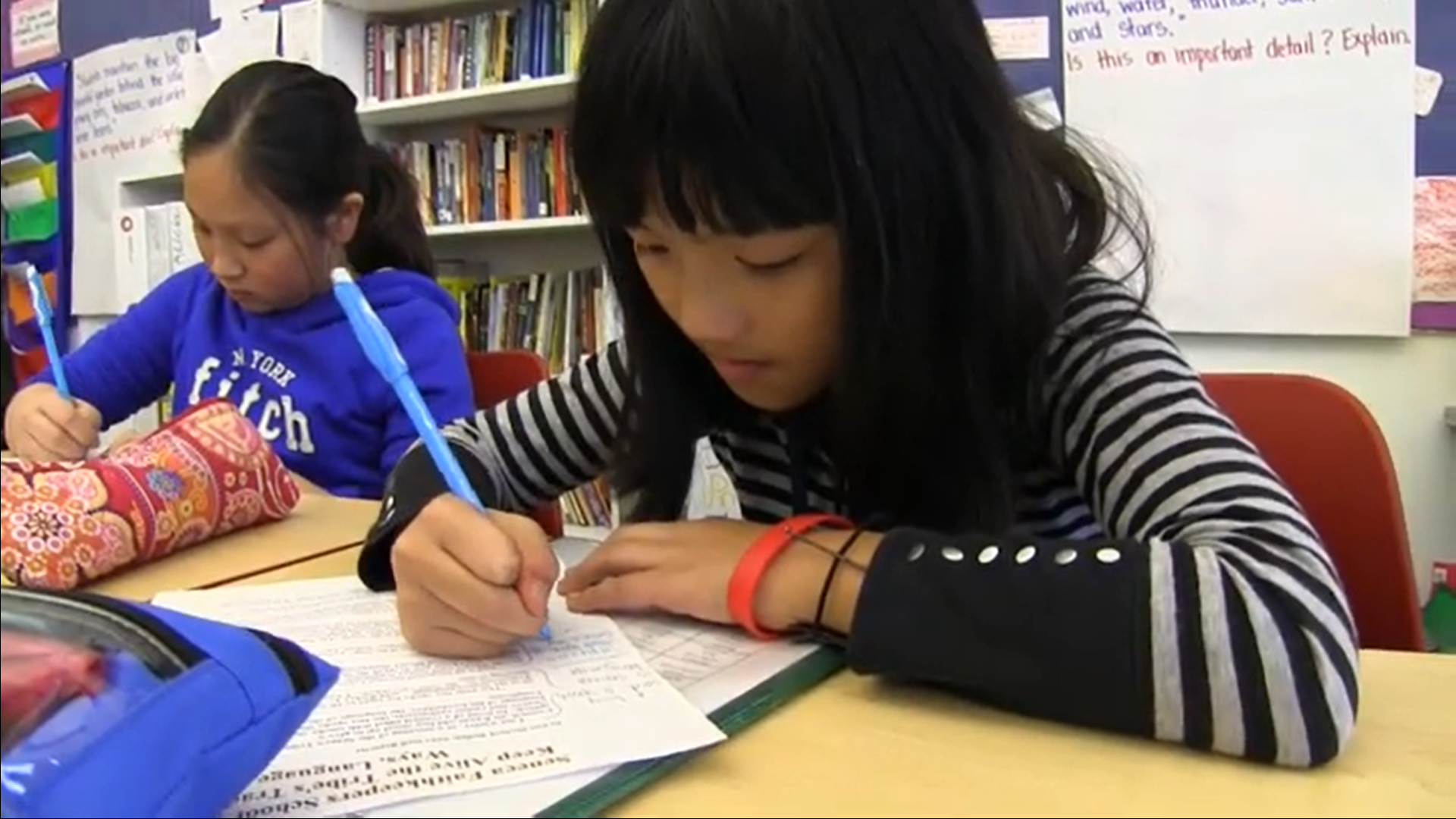
EL Education provides videos on coaching students how to code a text and write in the margin.
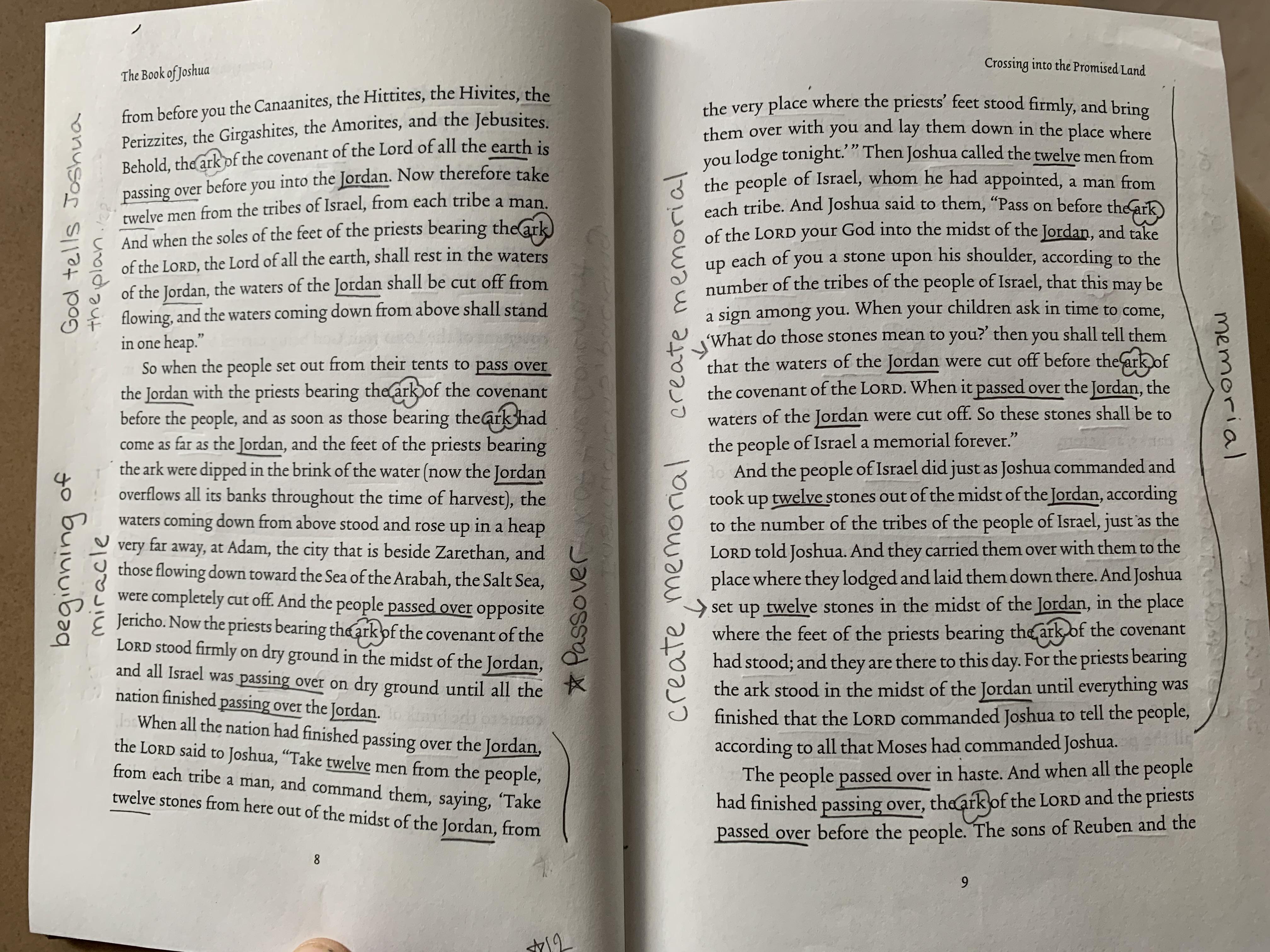
Student example of how to summarize each paragraph, code the key words, and star one word: “pass over.” Since “pass over has been repeated across several episodes it is a motif.
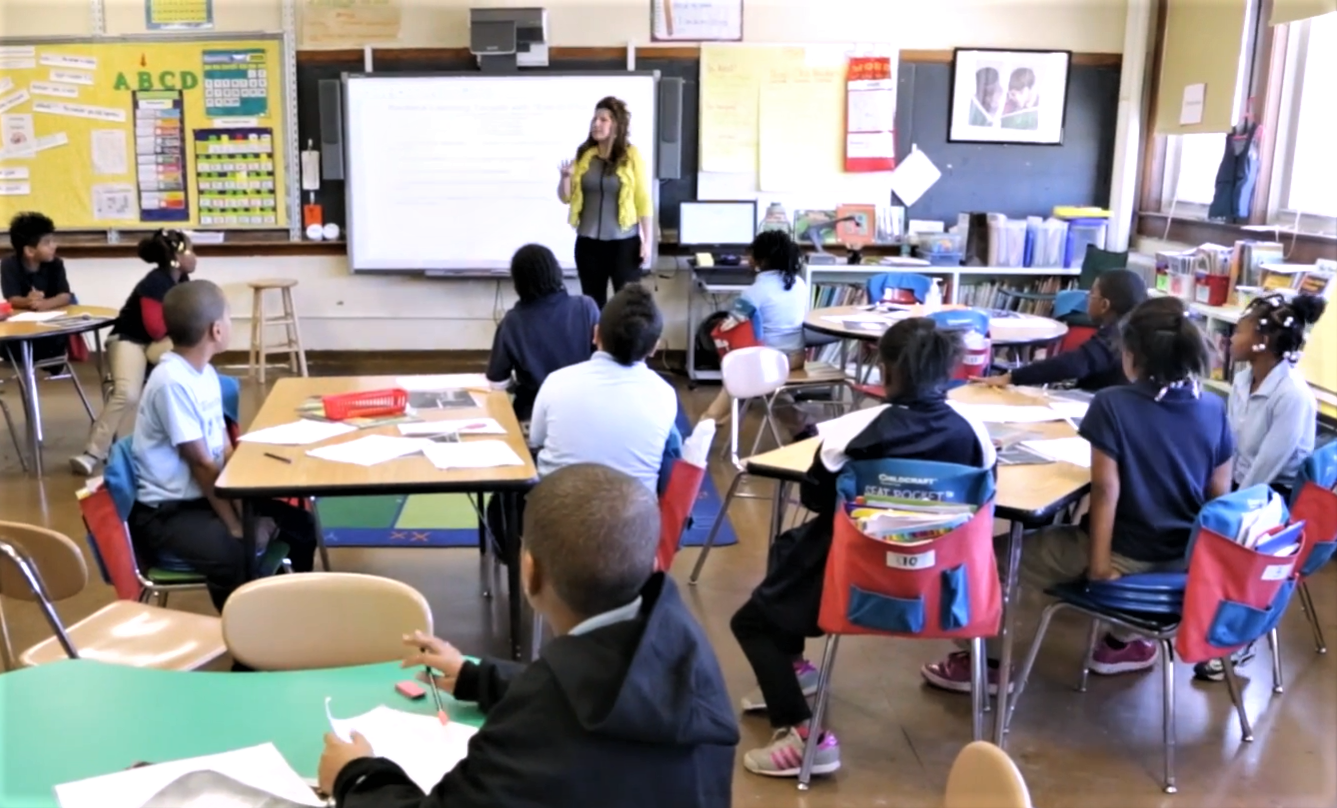
An ELMO projector or smartboard allows the teacher to do live marking of the text for all to see. This method allows students to guide you in what to code!
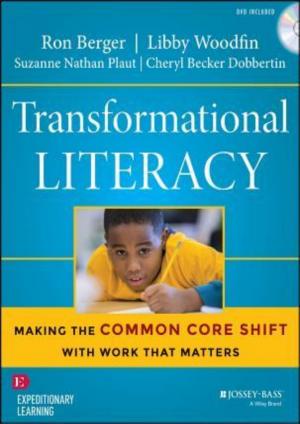
Help students mine details in the text to answer evidence-based questions.
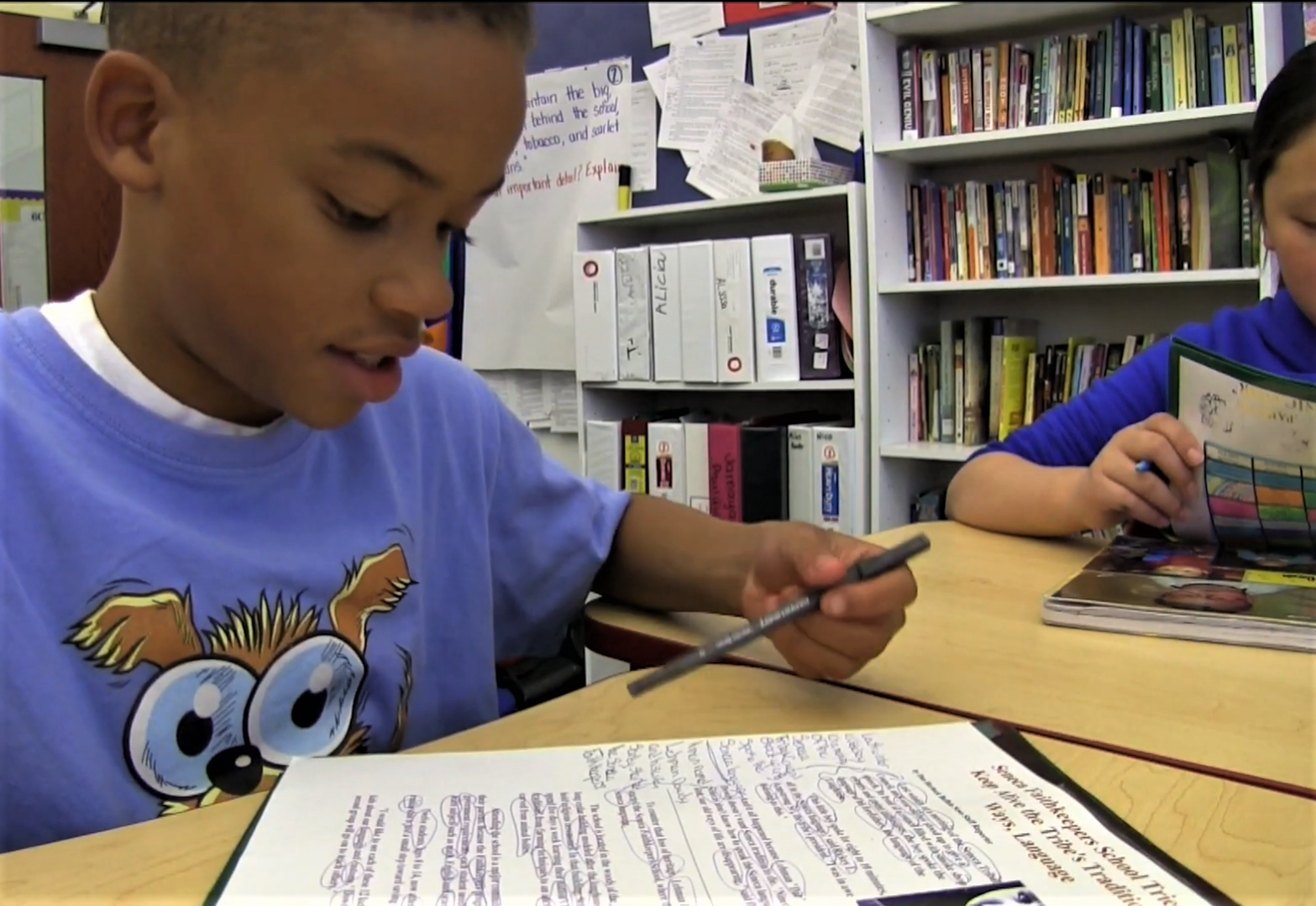
For more help in teaching close-reading, watch free videos on the EL Education website.